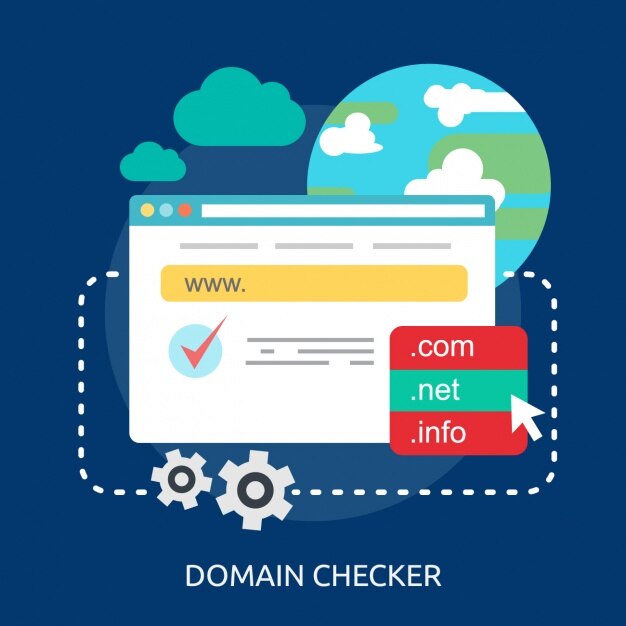Introduction
Redesigning a website is a powerful move—it can boost engagement, improve functionality, and give your brand a fresh face. But amid all the excitement, there’s one thing you can’t afford to lose: your hard-earned SEO rankings. If not planned carefully, a redesign can wipe out years of organic growth in a matter of days.
To help you avoid that pitfall, this guide walks you through how to redesign your website without sacrificing SEO performance. With a strategic approach, your new site can look better and rank higher.
1. Audit Your Current Website
Before you make any changes, take stock of what you already have. Auditing your current site allows you to identify the strengths you want to preserve and the weaknesses you can improve.
Key elements to audit:
- All existing URLs: Use a site crawler like Screaming Frog to export a list of every live URL.
- Top-performing pages: These are the pages driving the most traffic or conversions. You want to preserve their structure, content, and ranking.
- Keyword performance: Note which keywords are ranking and driving traffic to specific pages.
- Backlinks: Identify pages with the highest number of inbound links. These carry valuable SEO authority.
- On-page SEO: Record metadata, header structures, image alt text, and internal links.
Pro Tip: Organize your audit in a spreadsheet. This becomes your roadmap during the redesign process and makes it easier to compare before and after metrics.
2. Preserve or Redirect URLs the Right Way
One of the most common SEO pitfalls in a redesign is changing URLs without setting up proper redirects. Doing so breaks the connection between your old content and the new one in Google’s index.
Best Practices:
- Keep URLs the same wherever possible, especially for high-ranking pages.
- Set up 301 redirects for any URLs that must change. These tell search engines the content has permanently moved and preserve your SEO equity.
- Avoid 404 errors (Page Not Found) by double-checking all links post-launch.
- Update internal links to point to the correct new URLs and avoid unnecessary redirects.
Even a single broken redirect chain can hurt your rankings—so treat this step with care.

3. Re-optimize Content and On-Page SEO
A redesign is the perfect time to not only improve your site’s aesthetics but also its content and SEO structure. Take advantage of this opportunity to elevate your pages.
What to focus on:
- Meta titles and descriptions: Update them with better keywords and clarity.
- Header tags (H1, H2, H3): Structure content properly for both readers and search engines.
- Image optimization: Use descriptive alt text and compress large files to improve page speed.
- Internal linking strategy: Ensure every page has logical links to related content.
- Content refresh: Add new insights, FAQs, or updated data to make pages more comprehensive.
Bonus Tip: Don’t just copy-paste old content. Look for thin or outdated pages and either update them or merge them with more relevant ones.
4. Use a Staging Site and Conduct SEO Testing
You wouldn’t drive a new car off the lot without checking the brakes. The same principle applies to your website. Before pushing it live, use a staging environment to test and troubleshoot.
What to test:
- Crawlability: Use SEO crawlers to ensure your pages are accessible and indexed correctly.
- Site speed: Load time affects SEO. Optimize images, enable caching, and reduce server response times.
- Mobile-friendliness: Use Google’s Mobile-Friendly Test to ensure your site performs well on smartphones.
- Core Web Vitals: Test for metrics like Largest Contentful Paint (LCP), First Input Delay (FID), and Cumulative Layout Shift (CLS).
- Technical setup: Double-check your robots.txt file, XML sitemap, schema markup, and canonical tags.
Launch Checklist:
- Run a full crawl pre-launch and post-launch
- Fix broken links and redirects
- Test every form, button, and menu for usability

5. Monitor SEO Metrics Post-Launch
Once the new site goes live, your work isn’t done. In fact, it’s just beginning. Monitoring performance allows you to catch any SEO issues before they cause lasting damage.
What to track:
- Organic traffic trends: Keep a close eye on traffic drops using Google Analytics.
- Search Console alerts: Watch for crawling or indexing issues, errors, or coverage warnings.
- Keyword positions: Use tools like SEMrush, Ahrefs, or Ubersuggest to see if your pages have lost rankings.
- Page indexing: Check if all key pages are indexed by Google.
- Bounce rate and time on site: Measure user engagement on redesigned pages.
Recovery Tip: If you do notice a drop, dig into the affected pages. Revisit redirects, metadata, and content quality. Often, small tweaks can recover lost ground quickly.
Conclusion
Redesigning a website can be thrilling—but if SEO isn’t part of the plan, it can turn into a nightmare. By conducting a detailed audit, carefully preserving or redirecting URLs, optimizing your content, testing your new design, and monitoring metrics afterward, you can launch a modern, beautiful website that retains—or even improves—your existing rankings.
SEO and design don’t have to compete. With thoughtful planning, they can work hand-in-hand to grow your visibility, engage users, and drive conversions.





